Invasive species of plants become invasive because they can thrive in an area with little competition, little disease risk, and few animals that eat them to keep them back.
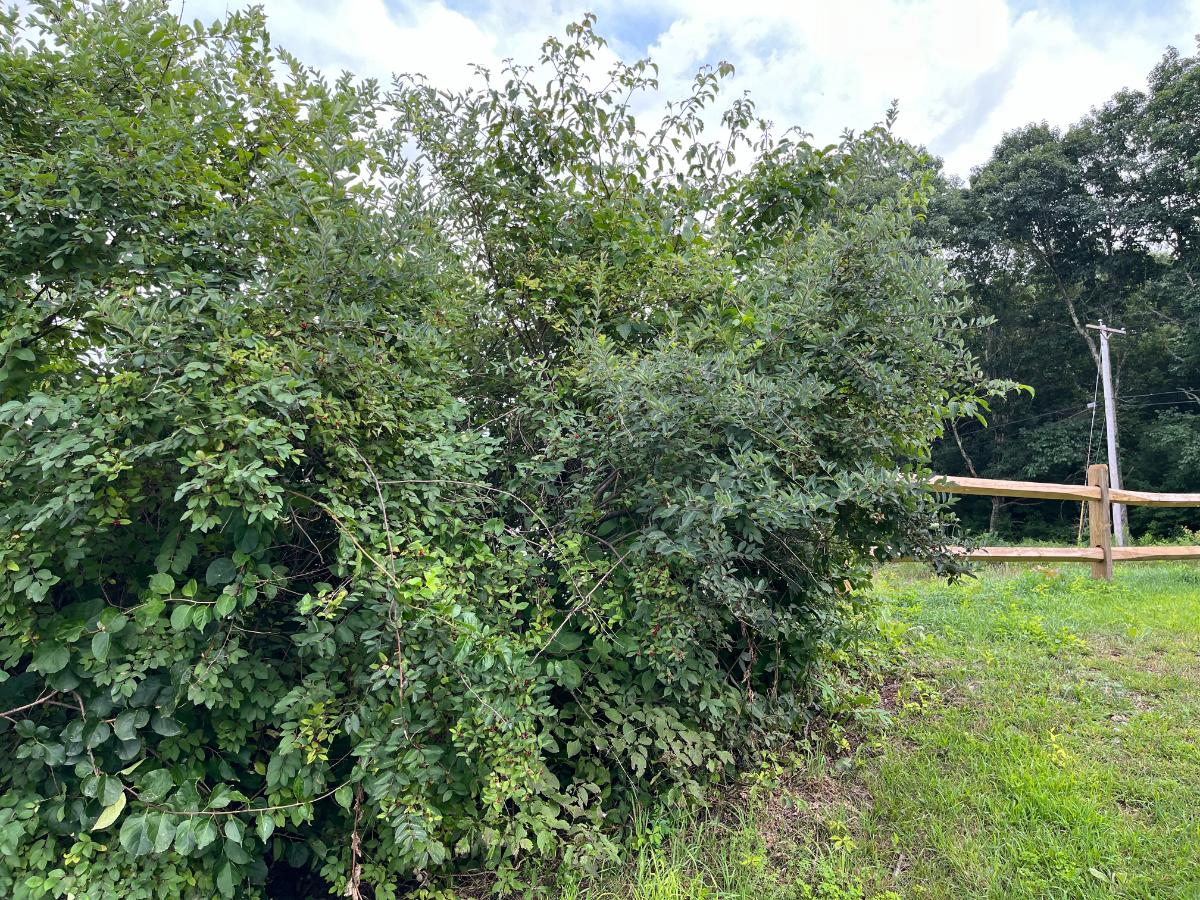
Invasives have a high ability to spread through natural means, such as when birds and wildlife eat their berries and spread seeds in their feces. They also succeed because they produce a lot of seed that drops or blows away in the wind.
All of these things are a perfect storm of success for invasive species of plants. And that makes controlling them in your yard or garden very difficult.
It’s enough to overwhelm a gardener, but did you know that even if you aren’t able to completely kill an invasive when you cut it down, you’re still helping to control it?
Here’s why you should cut invasives every time you find them, along with some tips for the best times to do so.
Jump to:
- Stop the Spread of Invasive Plants
- Upsets to ecosystems, including plant and wildlife death
- Why and When You Should Cut Down or Prune Invasive Plants, even if they Come Back
- #1 Reason to Cut Back Invasive Plants – Plants Going to Seed
- Before Fruits or Berries Mature
- Stress the Plant
- Starve Out Invasive Species
- Cut as Often as You Can
- Bag or Burn What You Cut Down, Especially If It Bears Fruit or Seeds
- What’s Invasive? What Plants are Invasive Where You Live?
- What Does It Take to Get Rid of Invasive Plants Completely?
- Digging from the roots up
- Using herbicides to kill invasive species
- Persistence Pays Off
Stop the Spread of Invasive Plants
Upsets to ecosystems, including plant and wildlife death
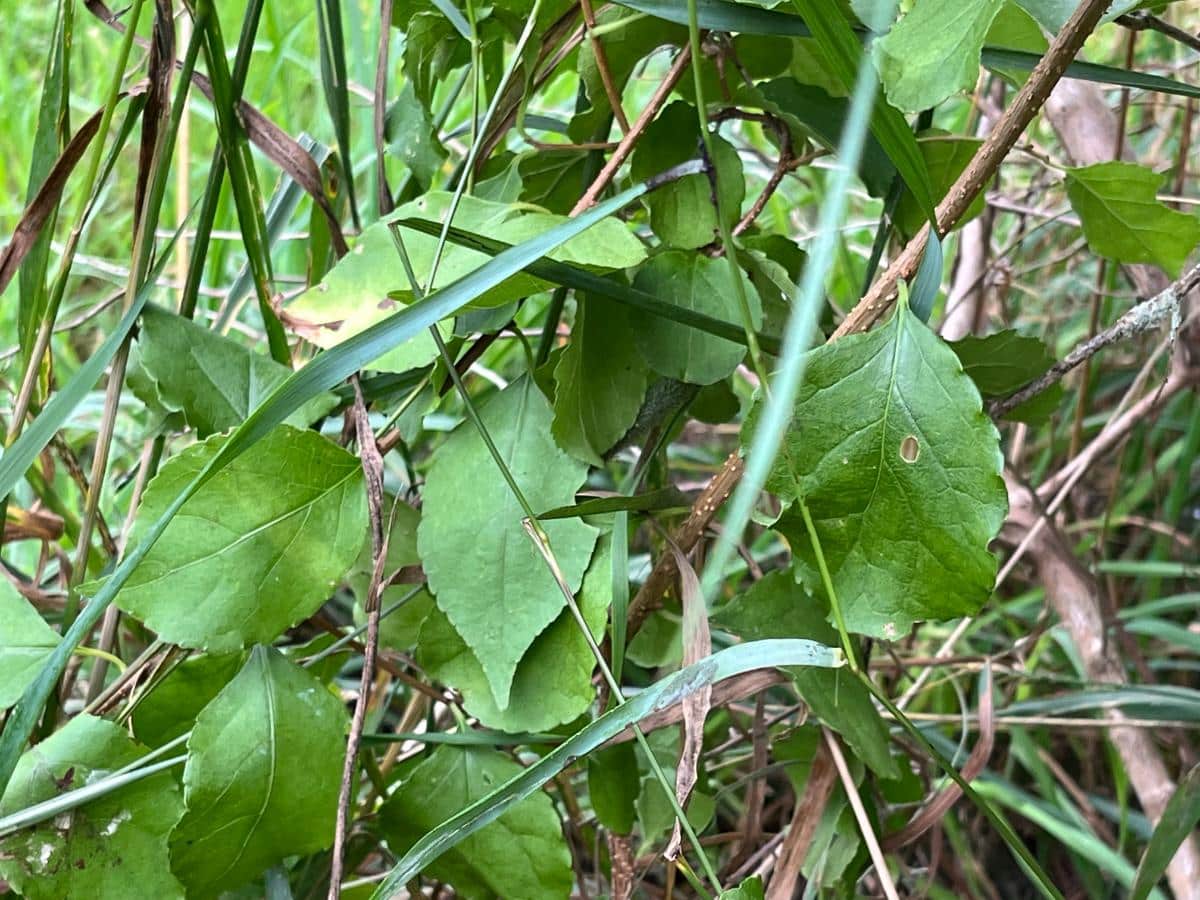
Invasive plants upset natural ecosystems. This includes invasive plants that started out as ornamental gardens and landscape plants. Many were planted before it was realized that they could overtake an area and cause such problems.
Native plants and trees that aren't designed to compete with these aggressive plants get choked out, robbed of resources, and killed.
Animals, fish, and wildlife that don’t usually feed on these plants can have issues, especially if the plants they are “designed” to eat are no longer available or are unavailable at critical times of the year.
Water systems can be significantly changed, and fish and aquatic animals can die out as a result of invasive plant species.
For our own good and the good of the natural local environment in which we live, we should do our part to stop invasive plants from spreading.
On a more personal level, we should always be on the lookout and do what we can to stop invasive plants from spreading any further so that we can maintain our own ability to garden and grow.
If you don’t, what started as a small plant can quickly become a permanent fixture that is extremely difficult to eradicate.
Though it can be hard to take on invasive plants, if we can at least take measures to stop them from spreading any further – even if we can’t kill them completely – we are making progress.
Why and When You Should Cut Down or Prune Invasive Plants, even if they Come Back
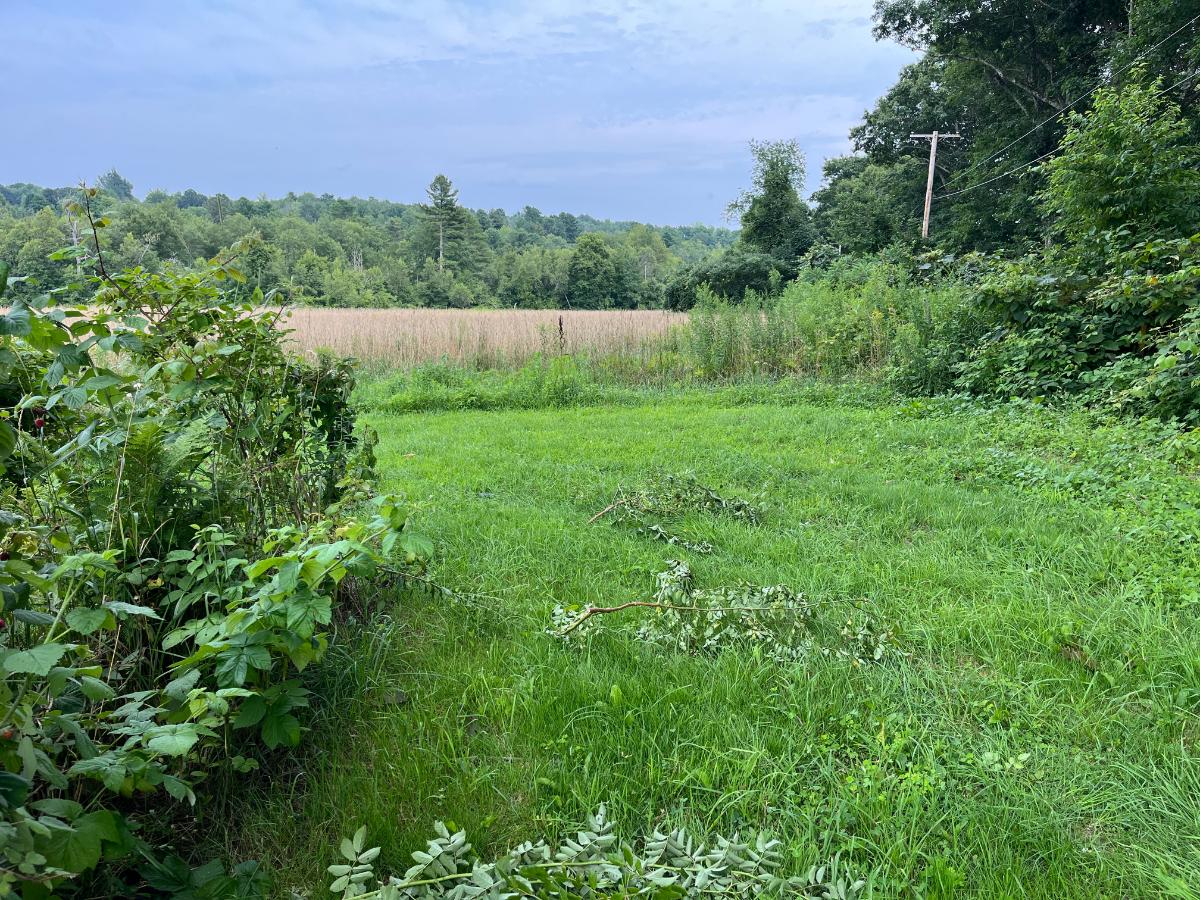
Cutting invasive species back as much as you can is one of the best ways to stop their spread. This is true even if you can’t kill the plant (or tree or shrub).
#1 Reason to Cut Back Invasive Plants – Plants Going to Seed
The most important reason to do this is to stop invasives from spreading more seed. Once the seed is set, it easily becomes the next generation of invasive plant problems.
So, regardless of whether or not you actually kill the invasive plant when you cut it back if you cut it back before it can set seed, you’re gaining a lot.
Before Fruits or Berries Mature
If you missed cutting invasives back before they flower and set fruit or berries, even though those fruit and berries have young seeds, it is still worth you cutting them.
Most birds and wildlife won’t be interested in eating fruits and berries before they mature, so the sooner you cut them, the better. Anything you can do to stop those animals from eating and spreading those fruits and berries will limit the spread of the plants.
We know it’s good for wildlife and birds to have food available, but that food should come from native plant species. We need to help native species thrive by not letting invasives spread any more than they have already – even if all you can do is stop the invasives in your small corner of the world!
Stress the Plant
Cutting invasive plants as far back as you can manage causes stress to the plants, just like it would in your garden.
It may or may not cause enough stress to kill the plant, but if you keep at it, over time, you will damage the plant enough so that it struggles and hopefully dies.
Starve Out Invasive Species
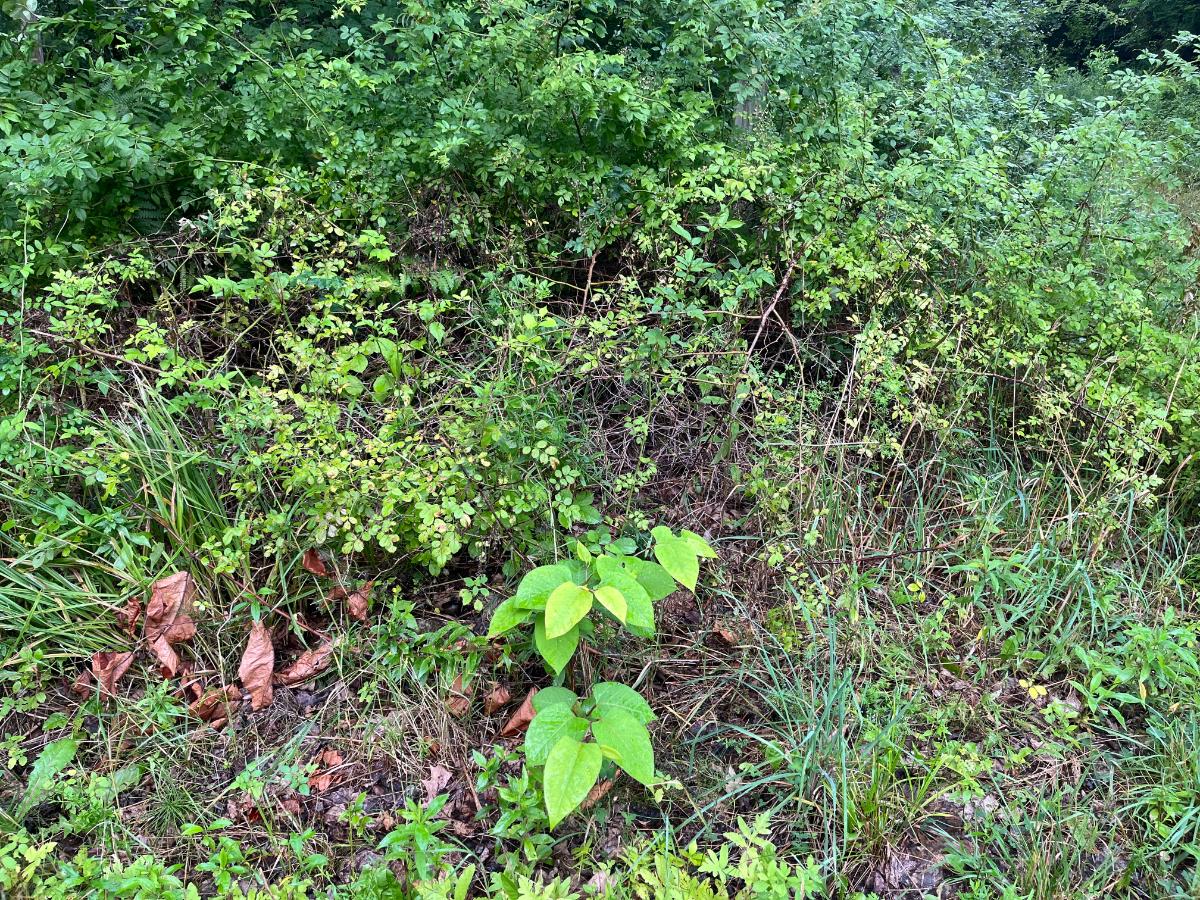
Cutting back also starves the plant out because plants need foliage to photosynthesize and feed themselves.
Even though the invasive plant may come back from the root or stem if you keep at it and keep denying it to that food factory, you’ll eventually starve it out.
Not to say this won’t take some time, but it’s nice to know that persistence pays off.
Cut as Often as You Can
Killing most invasive species by just cutting them is not usually a one-and-done deal. Root sections can push up new stems and vines. A small section of stem can leaf out again and begin to regrow.
As frustrating as this is, it’s worth keeping up with the cutting (unless you can manage an even more effective means of killing the invasive completely).
It’s worth it for all the reasons mentioned above – for limiting spread, denying reproduction by denying seed set and spread, and for stressing and starving out the plant.
The more often you cut back, the more damage you do. It takes time, patience, and tenacity, but in time, you can cause the plant to die back. And in the meantime, at least you’ll be stopping it form spreading any more by seed.
Bag or Burn What You Cut Down, Especially If It Bears Fruit or Seeds
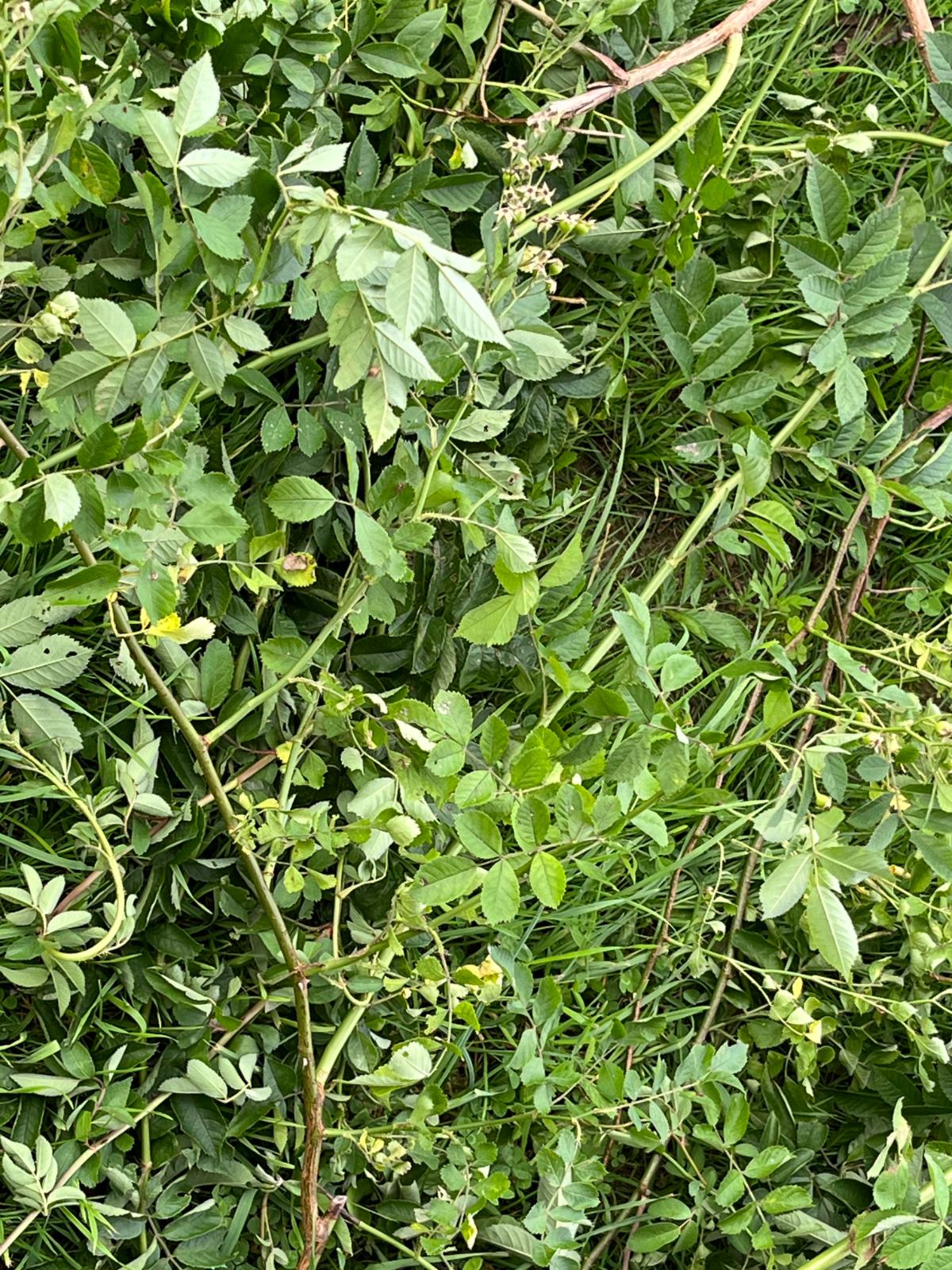
Many invasives can spread by small sections of roots. For example, if the roots are cut and then dropped, they may root back into the ground and start a new plant.
It is said that some plants, like Japanese knotweed, can even root from stem cuttings when they are mowed down or if they are cut and left on the ground.
To prevent this type of spreading, when you cut back, gather as much of the refuse as you can. Then, either bag it and throw it in the trash or burn it (assuming it is safe to do so where you live).
Composting isn’t the best option if the seed to the plant roots and cuttings will be viable in the compost and have the potential to regrow there. It’s an especially bad idea to compost seeds of invasives unless you know for sure the heat of the pile can kill them.
Putting seeds in compost that then gets spread can spread invasive plants even further.
What’s Invasive? What Plants are Invasive Where You Live?
First off, let’s say this. What is invasive in one area may not be invasive in another. There is a right place for every type of plant to grow, somewhere in this world.
But when we move plants from their natural habitat and introduce them to another place – like when we plant them in an ornamental garden – they can sometimes go into overdrive and overtake the plants that naturally belong there.
The takeaway point is that it is important to know what is and isn’t invasive in your area. Some plants that are a problem in the northern part of a country may be perfectly fine in the south, and vice versa. In these places, they have something in nature that is naturally limiting.
For example, some species of morning glories are considered invasive in the south but are killed by winter in the north, so they’re not considered invasive there.
It’s smart to learn more about what plants are invasive where you live. You can usually find this information from area colleges, universities, public gardens, and local, state, and national government bodies.
They compile lists of plants by location. Learn what’s on your list so you know what plants to be looking out for. Get to know these plants – identification, habitat, risk – so you can recognize them when you come across them.
What Does It Take to Get Rid of Invasive Plants Completely?

Invasives thrive because they’re hard to kill. Cutting back before the seed set and stopping the spread is a good first move. If you want to be even more aggressive, consider one of the following:
Digging from the roots up
Digging invasive species can be hard, especially the older they get. Roots can go deep and become large, and stems can become woody – more like tree trunks.
If you're up to it or if you have some larger equipment to work with, digging out the roots is one of the best ways to kill and remove an invasive plant for good.
Get as much of the root as you can, aiming for all that you can find. Then, burn it or dispose of it, as discussed above.
Using herbicides to kill invasive species
Herbicides are an option for dealing with some invasive species, but it is not always practical in a home garden scenario, and even if you can spray, there may be reasons why you don’t want to.
Broad spraying
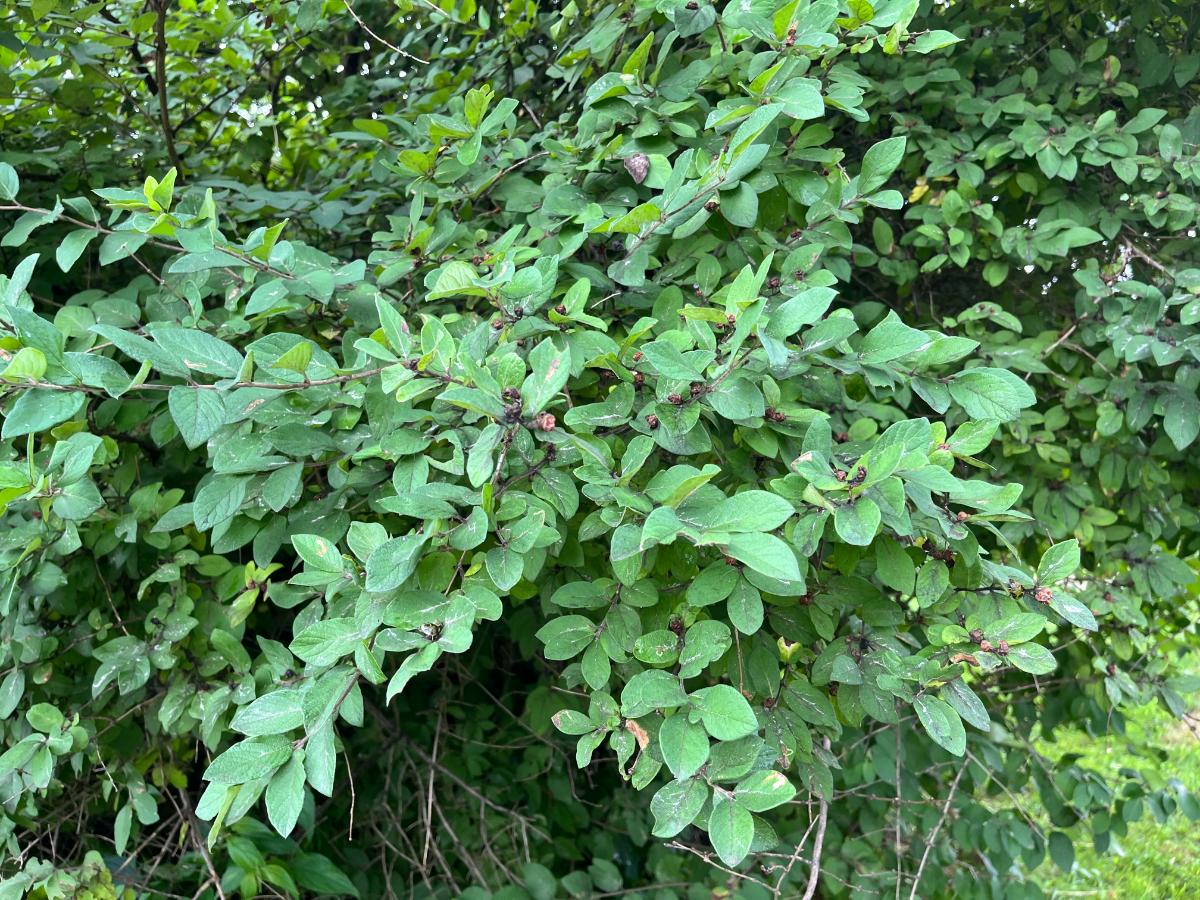
One of the biggest problems with using herbicide sprays against invasive species is that the species won’t just be alone in a place on their own. They’ll crop up all over the place, including in your gardens right next to your most prized plants and perennials.
It can be very difficult to target herbicides to only the invasive plants. If you overspray your valued plants, they’ll die, too. Probably easier than the invasive species will.
There are other health, safety, and environmental issues to consider, too:
- Herbicides like glyphosate, the most well-known and probably the most widely used herbicide, have been linked to serious health risks, including cancers
- It is extremely important that you take precautions when using herbicides
- There are a number of precautions that must be adhered to for your health, the health of the environment, and the health of the plants nearby to the invasive species of plants you are spraying
- Precautions range from choosing a calm, windless day to prevent overspray and contamination of other plants and adjacent properties to wearing masks to prevent inhalation
- Chemicals have the potential to leave harmful residues in the soil and in groundwater and potentially run off into streams and waterways
- Farmers and other applicators are required to attend training and undergo licensure before applying sprays and herbicides – information and training that the average homeowner would not be privy to
Some invasives don’t respond to spraying
Some invasive plants, like Japanese knotweed, don’t always die when sprayed, even when they’re sprayed with harsh herbicides like glyphosate. Sometimes they defoliate but don’t die completely.
A targeted herbicidal offense against invasive plants
If you feel you need to resort to chemical herbicides, but the plants don’t die by spraying, you can take a very targeted approach.
This option is good because it limits the spread and access of the spray, putting herbicide only where you manually apply it without the concern of drift and wider environmental contamination.
This method also works if the invasives are mixed into valuable plants that you want to protect:
- Cut the plant back as far as you can reach
- Wear gloves to protect from chemical exposure, and follow any other label precautions
- Use a paintbrush to paint the herbicide onto the stump or stem end that’s left in the ground
You can use this method whenever you have the opportunity, but it is often recommended to do this in the fall because that is the time of year when invasive perennial plants will be sucking resources down into the roots to ready them for overwintering.
So, if you do this in the fall when plants are preparing to go dormant, they will suck the herbicide down into the roots and kill the roots.
Persistence Pays Off
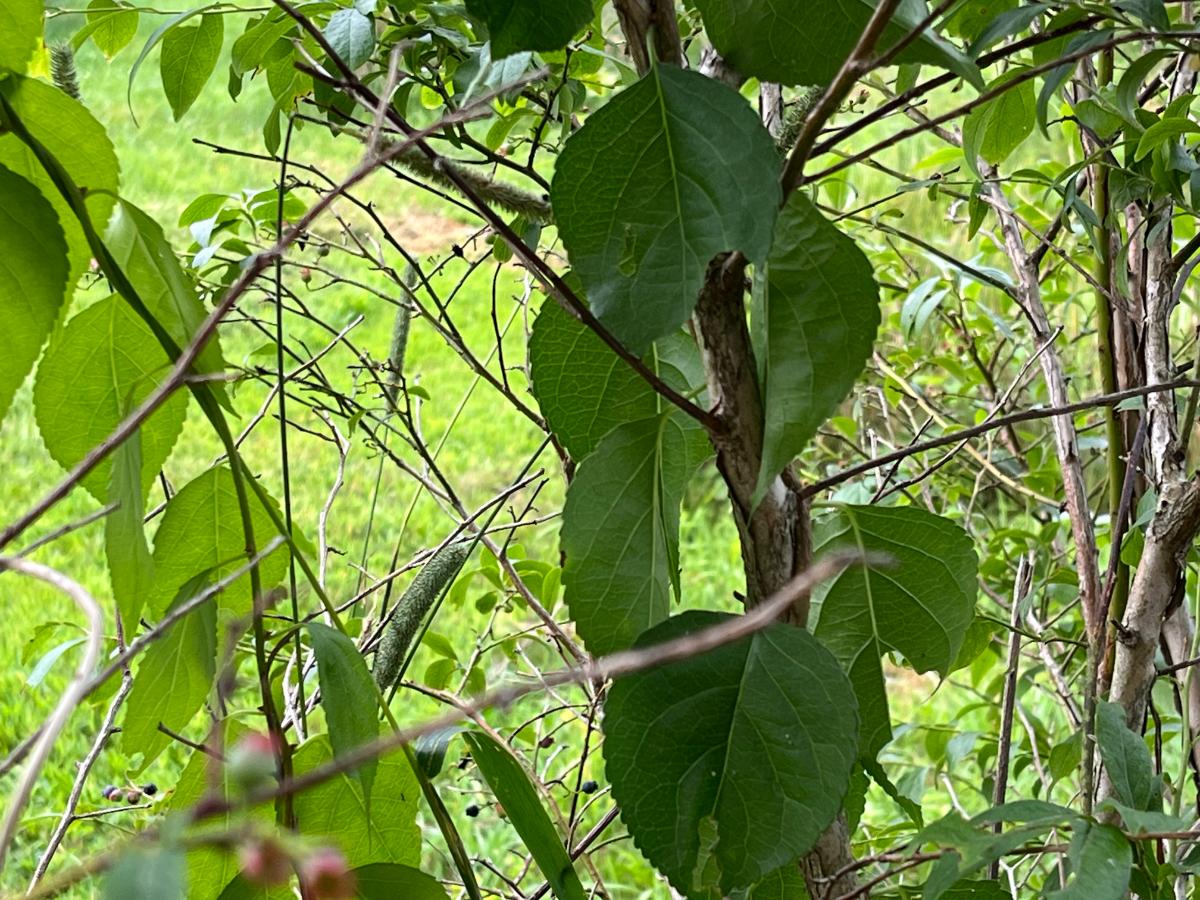
It can’t be said enough that, as frustrating as invasive species are, they can be beaten if you are dedicated and keep on top of them. Even taking the simple step of cutting invasives off earlier rather than later, before they continue to spread, will go a long way.
In the end, your persistence will pay off, and you will be doing your part to preserve local ecosystems and stop the damage to woodlands and wildlife.

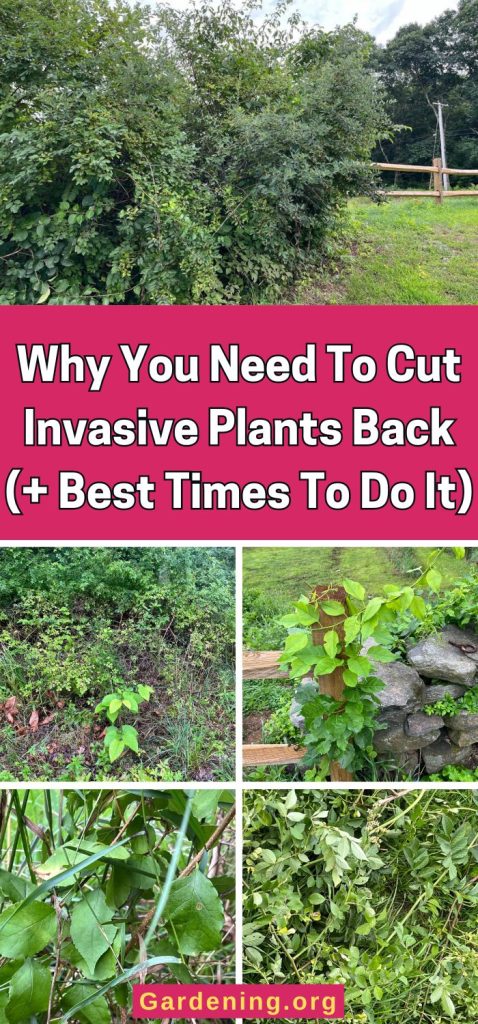
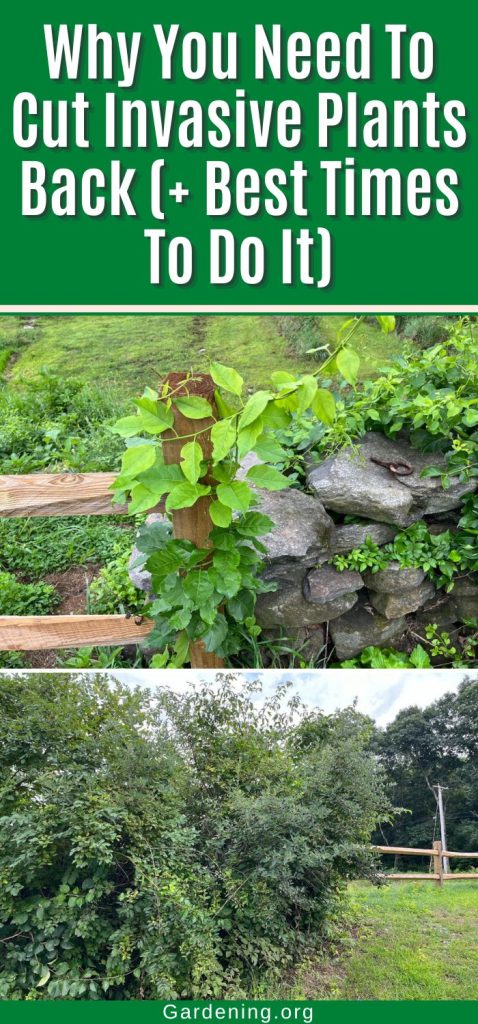
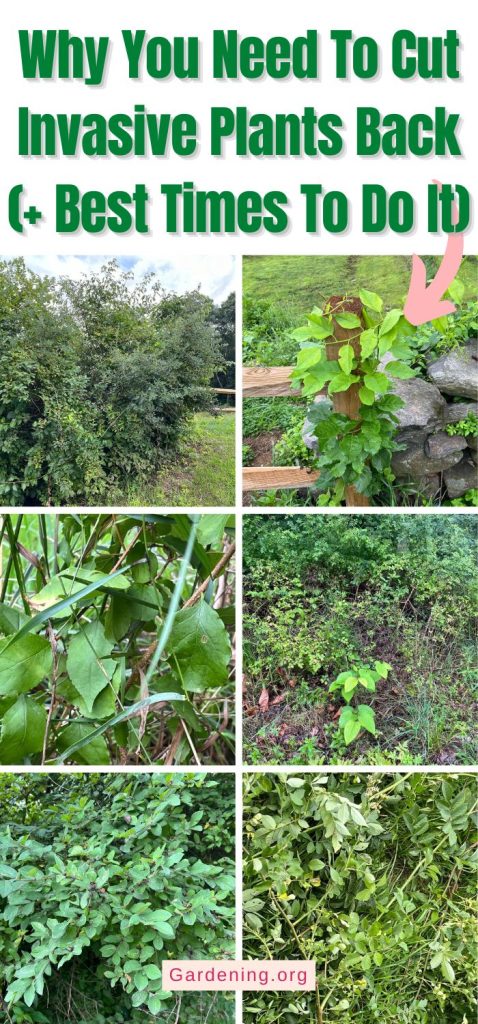





Mary Coakley
Great article on invasives you have to.persevere